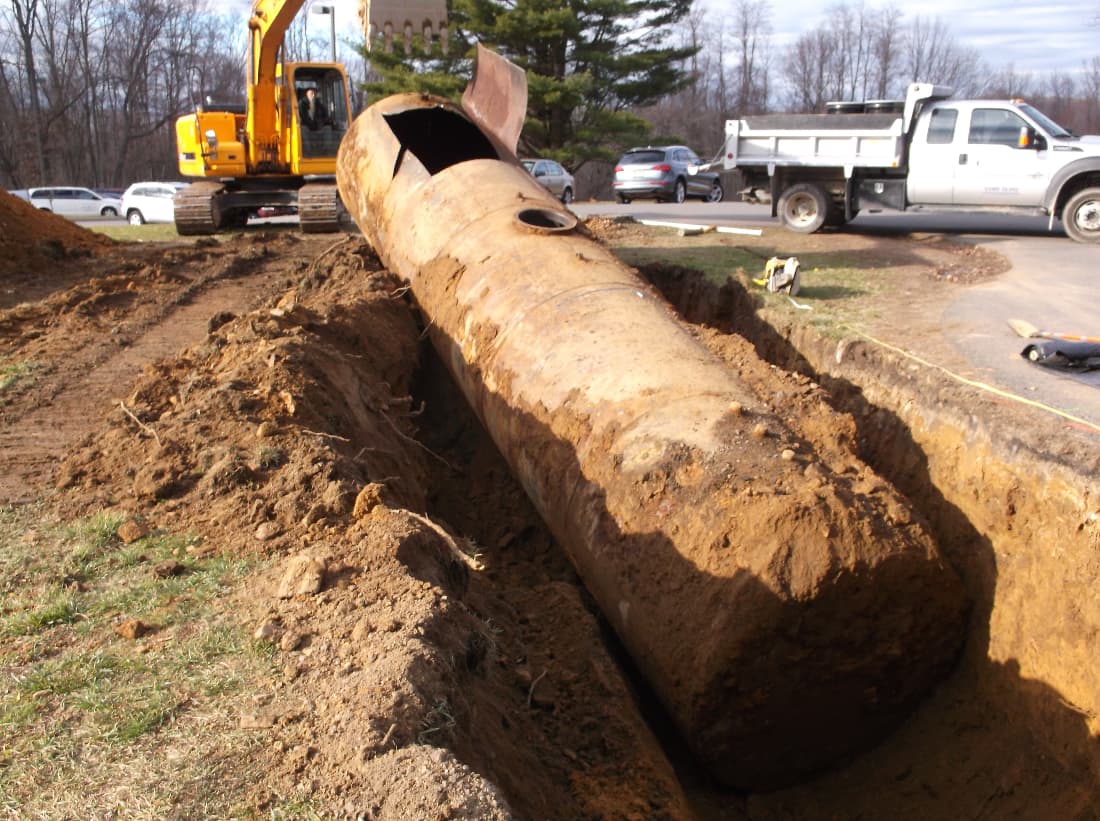One of the fundamental services provided to North Jersey homeowners is oil tank removal. The region is old and diverse in housing, meaning homeowners often need proper maintenance or removal of outdated or damaged oil tanks when they age. Knowing how to remove an oil tank ensures one is in line with regional regulations while also preserving your property and environment. In this blog, we walk you through the basic steps involved in North Jersey oil tank removal and equip you with the knowledge you need to make informed decisions.
Pre-Removal Evaluation
It should start with an evaluation of the oil tank removal. It should begin with having a professional inspect your property. Technicians will inspect the current condition of your oil tank, looking for signs of leaks, rust, or structural damage. In this process, emphasize concerns you might have and discuss any data you may have about the age and size of the tank and any previous maintenance history.
If there is an underground tank, then there should be specialized equipment for finding the underground tank and ascertaining its condition. This preliminary inspection will give some indication of whether the underground tank needs to be removed and the extent of that removal.
Get the necessary permits
In North Jersey, oil tank removal is done under special permits and local regulations. Your removal firm would need to acquire permission from the municipal authorities before the operations take place. Thus, the firm ensures that the work or operations are carried out within safety and environmental standards.
Experienced firms like Oil Tank Solution know the regulations and can get the permits on your behalf for the smooth running and compliant carrying out of the operation.
Preparation for Overhaul
It is once the permits have been issued that preparation for removal starts. This would involve:
- Clearing the Area: Technicians clear the area surrounding the tank to provide safe access. This might mean clearing furniture, landscaping, or debris.
- Notifying Utility Companies: Technicians will have to notify utility companies before beginning any form of excavation to avoid underground lines or pipes. Such a procedure aims to avoid accidents and damage that might be caused when extracting a tank during removal.
- Developing a Safety Plan: Safety is the very first and most important element. The removal team shall have a safety plan that is liable for specific potential hazards and emergency procedures.
Draining and Cleaning the Tank
Oil tank removal will require that the oil tank be drained and cleaned before actual removal. This process entails;
- Draining the Tank: Qualified technicians will extract all the remaining oil from the tank. This is basically important to avoid spills or leaks during removal.
- Cleaning the Interior: Once drained, the tank is cleaned to remove all residual oil, sludge, or other contaminants. This process is crucially important for the protection of the environment and adherence to proper disposal.
Excavation and Removal
Once the processes of draining and cleaning have taken place, the actual removal can now occur. If such a tank is buried underground, excavation may be part of the process:
- Excavation: Technicians will excavate the area, using special equipment, that contains the tank. No doubt, this is a process that must be done carefully to avoid damaging the surroundings or utility lines.
- Tank Lifting: The tank is now lifted from the ground after exposure. This is usually a joint effort to ensure that the project is conducted safely and becomes effective.
- Aboveground tanks are easier to handle but all handling is necessary because such tanks spill and can be damaged easily if not treated carefully.
Proper Disposal and Site Restoration
After the tank is removed, the tank must be disposed of properly. Most states have very strict laws for oil tank disposal, and New Jersey especially has laws requiring the tank to be disposed of very specifically. The removal company will take the tank to a licensed facility where it can be either recycled or disposed of.
Site restoration is an important part of the process. The removal team will backfill the excavation site and restore any landscaping that may have been disturbed ensuring your property looks better than new.
Testing and monitoring after removal
Once the oil tank is removed, the site is cleaned, and post-removal testing becomes a very essential component. It may be testing the soils to determine whether there is contamination from the former leaks. If contamination is identified, it calls for further remedial actions.
Homeowners should continually keep an eye open for any unusual smells or signs of oil leakage. These frequent checks can immediately raise concerns that might later in life become significant issues.
Conclusion
Oil tank removal may seem intimidating, but most importantly, it becomes a smooth process if you know enough and have a reliable partner. We specialize in the North Jersey oil tank removal field at Oil Tank Solution. By providing our fully-fledged services, safety and compliance along with peace of mind top the priority list. Our team of professionals sees each step in the removal from assessing the situation right down to restoring the site, professionally done.
Don’t wait until it’s too late – if you suspect that your oil tank needs removal, contact us today for a consultation. We are here to help you guide through the process without a hitch and ensure that your home remains safe and secure. Trust Oil Tank Solution for all your oil tank removal needs!


